
Loft Insulation
Insulating your loft is one of the first energy-saving measures you should think about. It is a quick and easy method of keeping your home warmer and one of the lowest cost energy-efficiency improvements you can have installed.
Current recommendations are that around 300mm thickness of insulation is needed, with pipework and tanks also being insulated. Additional ventilation may be required to avoid the risk of condensation.
A quarter of heat is lost through the roof in an uninsulated home. Insulating your loft, attic or flat roof is an effective way to prevent heat loss and reduce heating bills.
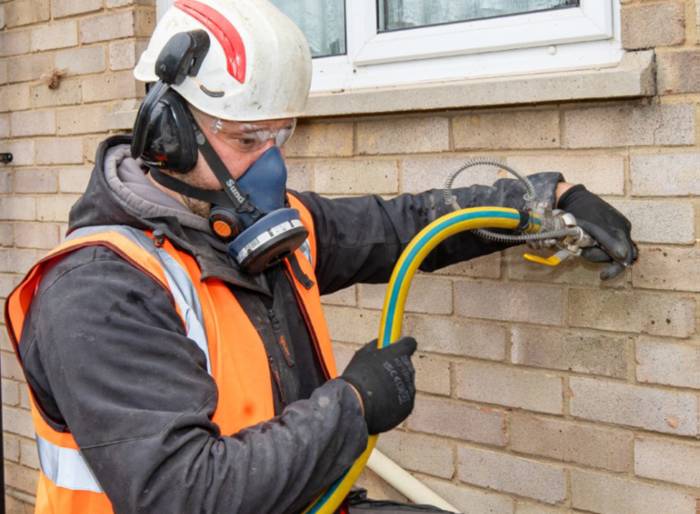
Cavity Wall Insulation
Around a third of the heat lost in an uninsulated home escapes through the walls. By properly insulating cavity walls, you will save energy and money.
In general, if your home was built after the 1920s, it is likely to have cavity walls. A cavity wall is made up of two walls with a gap in between. If the bricks of your home have an even pattern, with all the bricks laid lengthways, then your home is likely to have a cavity wall. To insulate cavity walls, our installer drills small holes around 22mm in size at intervals of around 1m in the outside wall of your home.
Insulation, (either mineral wool or polystyrene beads), is blown into the cavity using special equipment. Once all the insulation is in, the installer fills the holes in the brickwork so they are barely noticeable. It generally takes around two hours to insulate an average house with easily accessible walls.
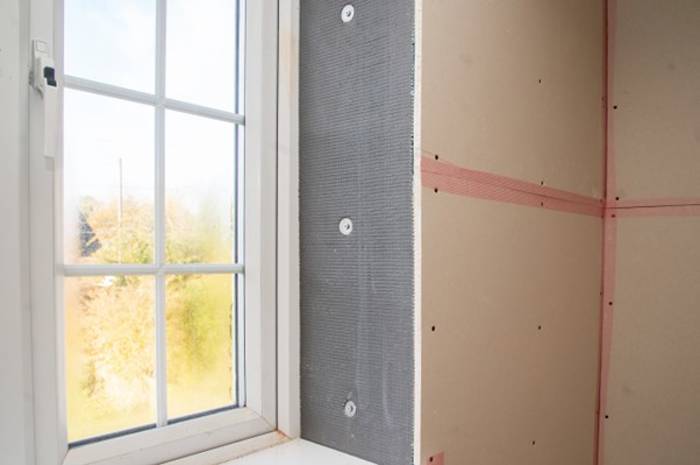
Room in Roof Insulation
If you use your loft space as a room then it should be insulated, keeping it warmer in winter and cooler in summer. Room-in-roof insulation is installed by over boarding with a thick insulated plasterboard. The room is then plastered, ready to be decorated.
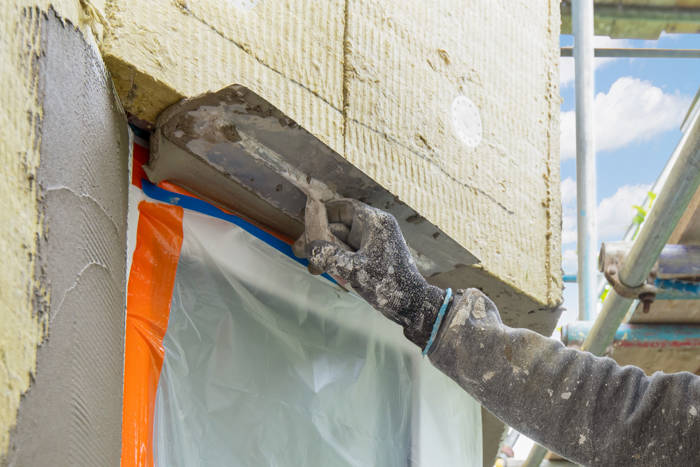
External Wall Insulation
Insulating solid walls will cut heating costs and make your home more comfortable. If your home was built before the 1920s the walls are probably solid. External wall insulation is installed by attaching a thermal layer to the existing external walls, which is then finished with a render or decorative cladding to protect it from the wind and rain. Once the external wall insulation system is fitted, any fixtures and fittings removed during the installation process are put back in place.
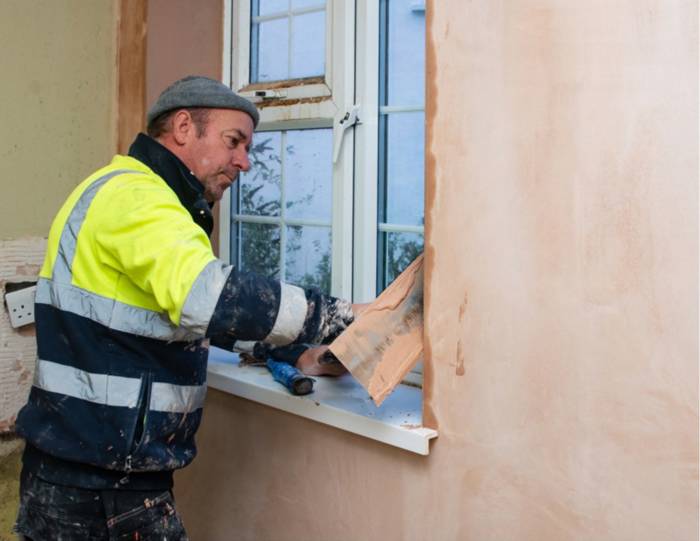
Internal Wall Insulation
Internal wall insulation is used to insulate solid wall properties by fitting insulation to the inside walls of your home, creating a thermal barrier between the inside of your home and the outdoors, dramatically reducing heat loss. Additionally, internal wall insulation can improve the acoustic performance of the external walls within your home.
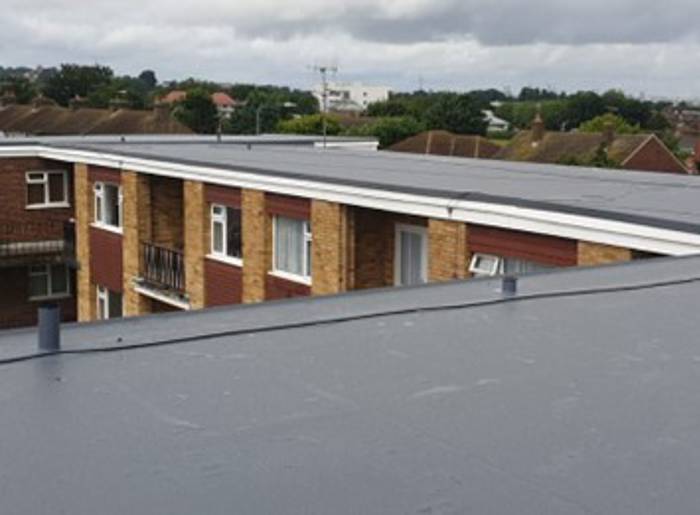
Flat Roof Insulation
The best way of insulating a flat roof is externally. A layer of insulation board is added, with a new weatherproof layer put on top of that. This is best done when the roof covering needs replacing and is also part of building regulations when renewing a flat roof. It is possible to insulate a flat roof from the inside, however this may cause condensation problems if not installed correctly. Installing flat roof insulation could save you similar amounts on your heating bills to loft insulation.

Case Study - Solid Wall Insulation
Cambridge City Council appointed Aran to deliver a programme of energy efficiency improvements including solid wall insulation. The project saw 79 homes and one sheltered housing unit having external wall insulation (EWI), ventilation, solar PV and loft insulation installed, with the most recent installs being funded by SHDF. All works were completed to budget and within timescales. Resident engagement across the social housing sector also supported the uptake of improvements across the private housing sector, with residents accessing Sustainable Warmth Funding further increasing the benefits of this programme.
‘Aran have installed solar PV and other insulation measures along with EWI for CCC. They secured capacity of materials and subcontractors with each of these programs of work for the full duration of the scheme. A high quality of workmanship was delivered for CCC in all manner of the works they were asked to complete.’